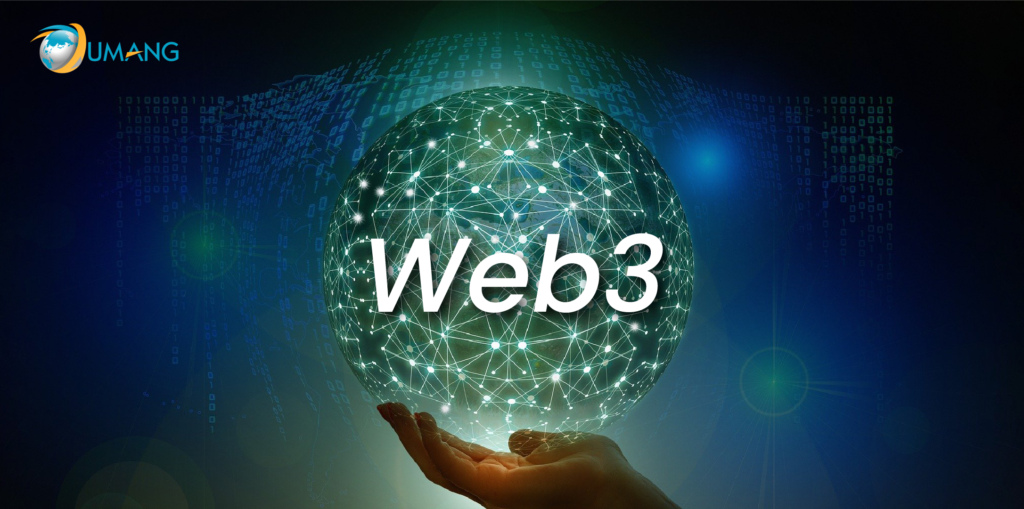Web3, the latest internet iteration, means a decentralized online network built and established through blockchain. With Web3, no central authority or governing body regulates the platform and apps. The corporations are not collecting, hoarding, and monetizing the users’ data participating in Web3 service or app.
Instead, the users directly engage and interact on Web3 platforms without exchanging their data for access. In addition, complete transparency and trust are built into the service, with all data updates stored on the blockchain. But, in this blog, we discover what came before Web3 because it is the best way to understand this new phase of the internet.

Web 1.0
Web1 is the first version of the World Wide Web and appeared on our computers during the 90s. It is a static website owned by organizations, and there is close to zero interaction between users and individuals seldom produced, which leads to it being known as a read-only web.
Web 2.0
It is the internet that we are using today. Yes, it is the internet where we provide our data to the corporation in return for using internet services. A centralized web means a large segment of online activity happens on closed portals run by monopolistic corporations like Meta, Alphabet, Snapchat, and many more. The federal government regulates it.
But now, with Web2, people suspect this tech overlord carries out the information collection, and people are actively looking to reclaim control of their online experience.
Web 3.0
The premise of Web 3.0 was coined by Ethereum co–founder Gavin Wood after the Ethereum release of Ethereum in 2014. Gavin said that he brought the solution for a problem that early crypto users thought the web required too much trust. So, internet users use and know relies on trusting several private companies to act in public interests.
What is Web3?
Web3 is ushering in a whole new way that people can participate online. There are various surface-level differences plus more nuanced distinctions compared with previous versions on the internet. However, building a new internet that focuses on decentralization is the leading reason behind this revolutionary change. Due to this, the different forms of the web start to branch – out, and where Web3 can potentially change the structure of the internet.
Core Ideas of Web3
Along with the definition, some core principles guide its creation:
- Permissionless
Each person has equal access to Web3, and no one feels excluded.
- Trustless
It operates using incentives and economic mechanisms instead of relying on trusted third – parties.
- Decentralized
Rather than large swathes of internet controlled and owned by centralized entities, the ownership is evenly distributed among the builders and users.
- Native Payments
Using Cryptocurrency for spending and sending money online rather than depending on outdated technology of banks and payment processors.
Significance of Web3
There is some importance of Web3 along with its features:
1. Censorship Resistance
The dynamic power between platforms and content creators needs to be more balanced. The OnlyFans is a user–generated adult content website with over one million content creators, and it is their primary income source. But, in August 2021, OnlyFans declared a plan to ban sexually explicit content. After the announcement, it sparked outrage amongst creators on a portal who feels that income is robbed on the platform.
Instead of creators winning the battle, it highlights that Web2 has problems for creators. But on Web3, the information lives on the blockchain. So, when you leave the portal, you can take your reputation with you and insert another interface that aligns with your values.
2. Native Payments
Web2 payment frameworks are based on banks and payment processors excluding people without a bank account or those who live within the borders of the wrong country. Web3 uses tokens like ETH to send money directly to the browser without needing their – party.
3. Decentralized Autonomous Organizations (DAOs)
DAOs allow you to coordinate decentralized portal ownership and decide its future. DAOs are defined technically as agreed-upon intelligent contracts that automate decentralized decision-making over a pool of resources. The token gives the power to vote on resources that should be spent, and the code will automatically perform the voting outcome.
Where Will Web3 Take Us?
Web3 is instrumental in developing NFTs, Cryptocurrencies, and Metaverse; it still needs to be determined how far this new phase of the internet can go. But one thing is sure the resources and energy will continue to pour into developing Web3 technologies.